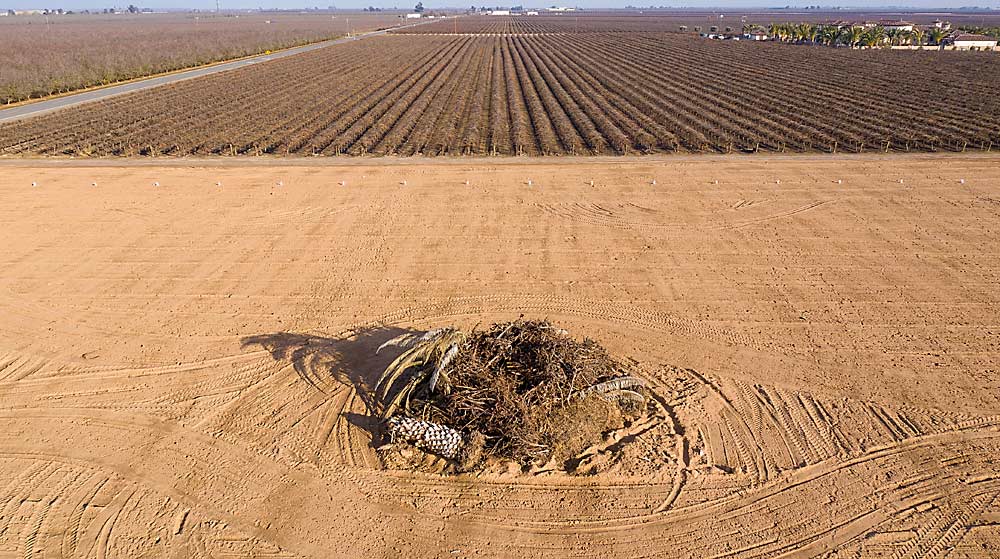
Davindar Mahil farms 600 acres of wine grapes for his family’s Creekside Farming Co. near Madera, California. So, when 15 acres of Chardonnay vines were underperforming, he just ripped them out and prepared them for burning, with no plans to replant. His winery let him out of his contract.
It’s not an uncommon sight, as California’s wine grape industry grapples with oversupply. In that context, however, Mahil admits he’s lucky. His grapes usually supply the lower-priced segment of the wine industry, which is seeing a surge in demand from grocery store sales, compared to the upper echelons of the industry struggling with restaurant and tasting room closures.
“We’re fortunate right now,” he said. The prices for his grape contracts were up between $10 and $15 per ton in 2020.
Across the state, growers cut back to realign supply with demand.
“We’re just simply structurally oversupplied,” said Jeff Bitter, president of Allied Grape Growers, a grower-owned wine grape marketing association based in Fresno. The group represents about 500 growers.
In February 2020, at the annual Unified Wine and Grape Symposium, Bitter called on growers to remove about 30,000 acres — about 5 percent of bearing acreage. Growers pulled about half of that in 2020. At the 2021 Unified held last month, he said a relatively short 2020 crop, due to the state’s historic fires and smoke damage, has eased some pressure, but the state still has a long way to go.
“All it’s going to take is one big crop to throw us back into oversupply,” Bitter said in a separate phone interview.
The removal recommendation does not target any certain variety but asks growers to start with blocks that don’t perform well, either because of age, disease or other factors.
The state’s wine industry had been enjoying roughly 3 percent growth since the late 1980s — so long that the industry practically took it for granted, Bitter said. Growers expected acreage to keep pace.
Demand began to flatten in 2015 with shifting consumer drinking habits. The glut peaked in 2019 when the state overproduced by about 200,000 tons, Bitter said.
When the pandemic hit, the problem manifested unevenly among different segments of the industry, he said. High-end wines sold to restaurants and through tasting rooms took a huge blow, while lower-priced bottles saw increased demand in grocery stores.
This demand, along with the short 2020 crop, reduced the inventory of bulk wine significantly and lifted prices, said wine broker Glenn Proctor of the Ciatti Co., at the symposium.
Washington faces its own oversupply concerns, but industry leaders have not called for large removal of acreage, said Ryan Pennington, a spokesman for Ste. Michelle Wine Estates, the state’s largest producer.
Some growers indeed have removed acreage, while a late 2019 freeze and a summer of smoky skies delivered a shorter crop in 2020, leaving the state with a reasonable balance, he said.
“The industry would not have wanted any less volume (in 2020),” he said.
Meanwhile, supply is only half of the problem, he said. Marketing needs to build demand to respond to changing consumer tastes.
“We don’t believe we can simply cut our way out of this issue. We have to grow our way out of this issue,” Pennington said. •
—by Ross Courtney

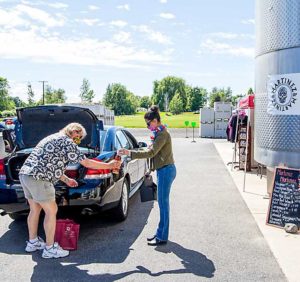
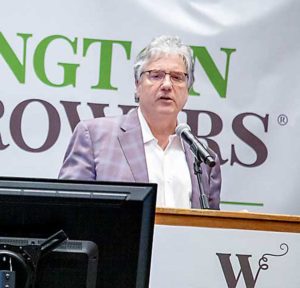
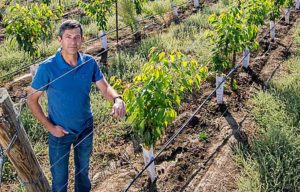
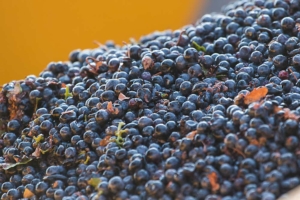





Leave A Comment